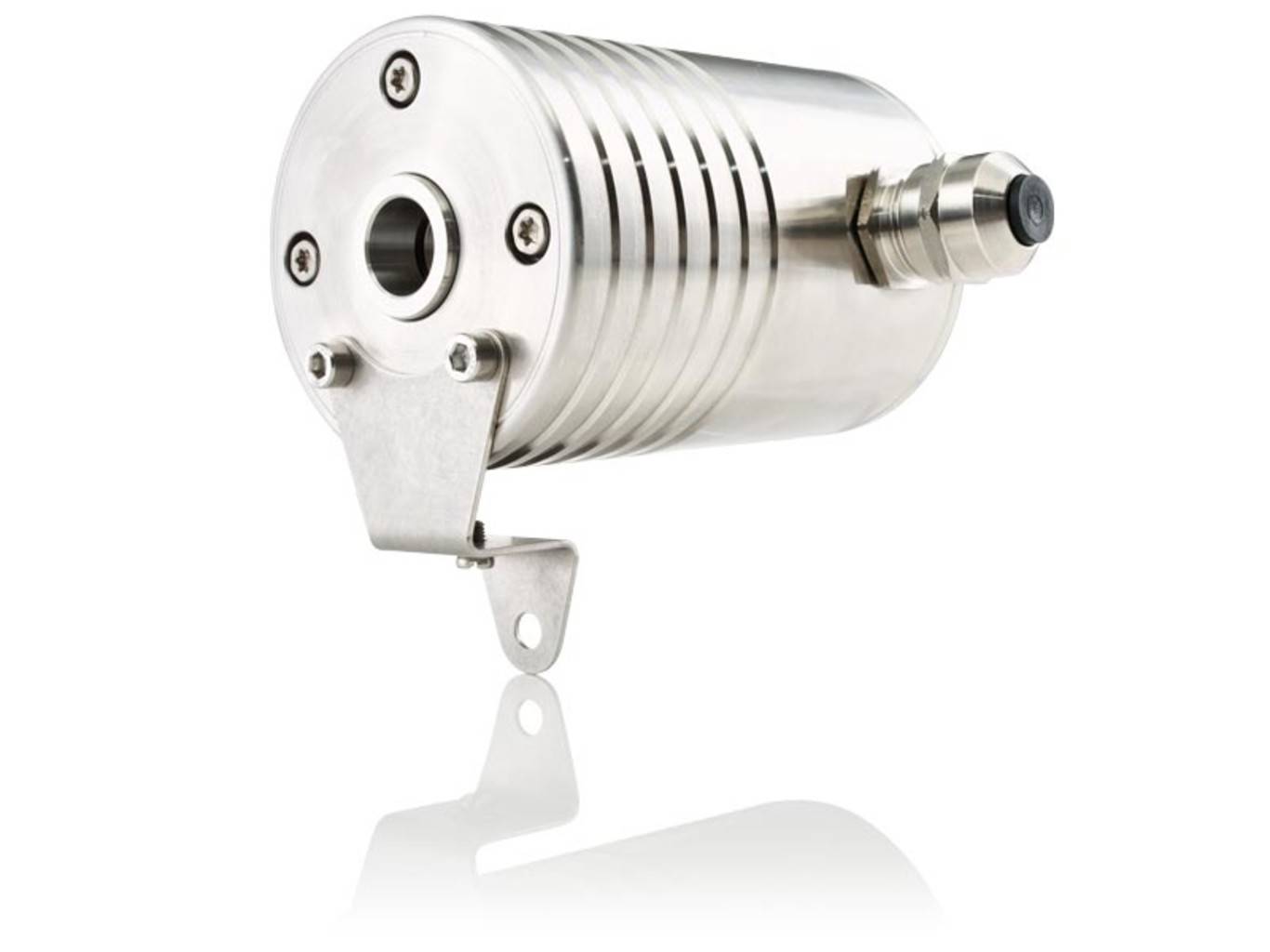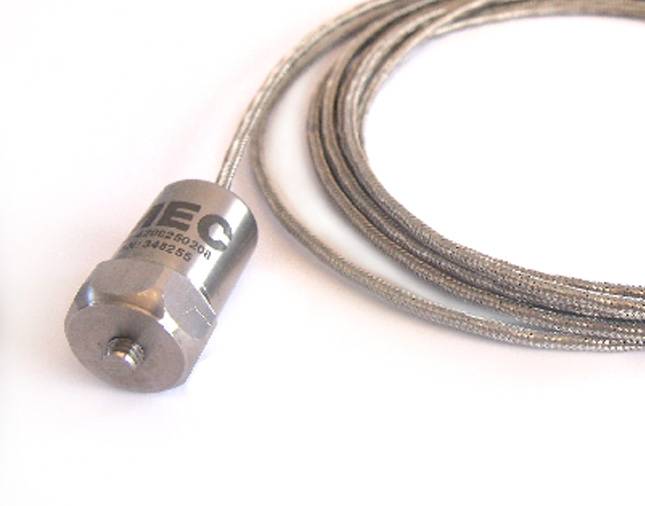Nine Questions to Successfully Name the Solution to Your Application.
Choosing the best accelerometer for a specific predictive maintenance application can be a daunting task – even for the usual experienced walk-around warrior. Sensor manufacturers’ web pages are laden with hundreds, if not thousands, of similar-looking products, all for “monitoring vibration”. The process of selection can typically be refined down to a group of nine appropriate questions. This article will allow you to master the mystery of vibration application engineering. By finding the solutions to the following nine problems, as it applies to your personal application, you will find the best vibration monitoring solution.
What do you want to measure?
This may seem obvious at first, but stop for a second – what are you actually trying to measure? In other words, what are your goals? What are you expecting? What are you going to do with the data? Vibration can be monitored with accelerometers that provide raw vibration data or transmitters, which provide the calculated overall RMS (Root Mean Square) vibration. The raw vibration data is useful to analysts because it contains all the information required. The overall RMS or peak values are helpful to control systems such as PLC, DCS, SCADA, and PI due to a continuous 4-20mA signal. In some applications, customers use both. By determining which of these signals is required for your application, you can significantly narrow your search. Also, are you measuring vibration in acceleration, velocity, or displacement? Have you considered some of today’s industrial sensors are equipped with the ability to output temperature along with vibration? Both ICP (Integrated Circuit Piezoelectric) accelerometers and 4-20 mA transmitters are available with the temperature output option. Lastly, some applications, such as vertical pumps, are ideally monitored in more than one axis of vibration. Does your application recalibration axis-axial, or tri-axial measurement? Comparison of ICP sensor and 4-20 mA transmitter outputs. ICP raw vibration or 4-20 mA transmitter? Are you measuring acceleration, velocity, or displacement? Do you want to measure temperature? Tri-axial, bi-axial, or single axial measurement?
What is the amplitude of vibration?
The maximum amplitude or range of the vibration being measured will determine the range of the sensor that can be used. Typical sensor range ICP accelerometers are 100 mV/g for a standard application and 500 mV/g for a low frequency or low amplitude application. General industrial applications with 4-20 mA transmitters commonly use a range of 0-10mm or 0-25mm.
What is the vibration frequency?
Physical structures and dynamic systems respond diversely to varying excitation frequencies – a vibration sensor is no different. By nature, Piezoelectric materials act as high pass filters and, as a result, even the best piezoelectrics still have a low-frequency limit near 0.2 Hz. At the natural frequency, the signal is greatly amplified, leading to significant change insensitivity and possible saturation. Saturation is caused by exciting sensor resonance, most industrial accelerometers have single or double pole RC filters. It is critical to select a sensor with a usable frequency range that includes all frequencies of vibration you are interested in measuring.
What is the temperature of the environment?
Extremely high-temperature applications can pose a threat to the electronics built into ICP and 4-20 mA transmitters. For very high-temperature applications charge mode accelerometers are available. Charge mode accelerometers do not have built-in electronics like ICP sensors but instead have remotely located charge amplifiers. For ultra-high temperature applications above 260° Celcius.
For applications such as gas turbine vibration monitoring, charge mode accelerometers with integral hard-line cable are available.
Will the sensor be submerged in liquid?
MEC’s industrial accelerometers with integral polyurethane cables are completely submersible in liquid, (for permanent installation) to depths corresponding to 1000 PSI. For high-pressure applications, it is recommended to pressure test the sensors at pressure for one hour. Applications requiring complete submersion will need integral cable. If the application is not completely submersed but sprayed, (such as cutting fluid on machine tools), integral cable is normally required.
Will it be exposed to potentially harmful chemicals or debris?
MEC’s industrial accelerometers are constructed with stainless steel bodies to be corrosion and chemical resistant. If your application is located in an environment with harmful chemicals, consider using PTFE cable with corrosion-resistant boot connectors. It is strongly recommended to check a chemical compatibility chart for any suspect chemicals. For cables that may come into contact with debris such as cutting chips or workers’ tools, integral armour jacketed cables offer excellent protection armour jacketed cable immersed in cutting oil.
Do you prefer a side exit, top exit, or a low profile sensor?
You will need space to install the sensor on your equipment, is the space available? Sensors are available with top and side exit connectors or integral cables. The geometry of the sensor has little impact on its performance. Still, issues such as space should be considered.
Should you use a precision or low-cost sensor?
There are two main differences between low cost and precision accelerometers. First, precision accelerometers typically receive a full calibration; the sensitivity response is plotted concerning the usable frequency range. Low-cost accelerometers receive a single point calibration; the sensitivity is shown only at a single frequency. Second, precision accelerometers have tighter tolerances on some specifications such as sensitivity and frequency ranges. For example, a precision accelerometer may have a nominal sensitivity of 100 mV/g ± 5% (95-105mV/g).
In comparison, a low-cost accelerometer may have a sensitivity of 100 mV/g ± 10% (90- 110mV/g). Customers with data acquisition systems will often normalize the inputs concerning the actual calibrated sensitivity. This allows a group of low-cost sensors to provide very accurate, repeatable data. Regarding frequency, a precision accelerometer will typically publish frequency ranges where the maximum deviation is 5%. In contrast, low-cost sensors may only publish a 3 dB frequency band.
Do you need any special approvals?
Accelerometers and 4-20 mA transmitters are available with IECEx and ATEX approvals for use in hazardous areas. The type of approval needed should be compared with the published approvals for that sensor to ensure it meets your requirements.
By answering the above nine questions, you can greatly narrow your search to the best solution for your application. Keep in mind, some combination of answers may be mutually exclusive, that is a solution for all criteria does not exist. For example, a particular model may not carry the proper ATEX certification for your hazardous area application.
Additionally, very specialized applications may have other considerations than those listed above.
If you have any questions about your application, please do not hesitate to contact a MEC team member




